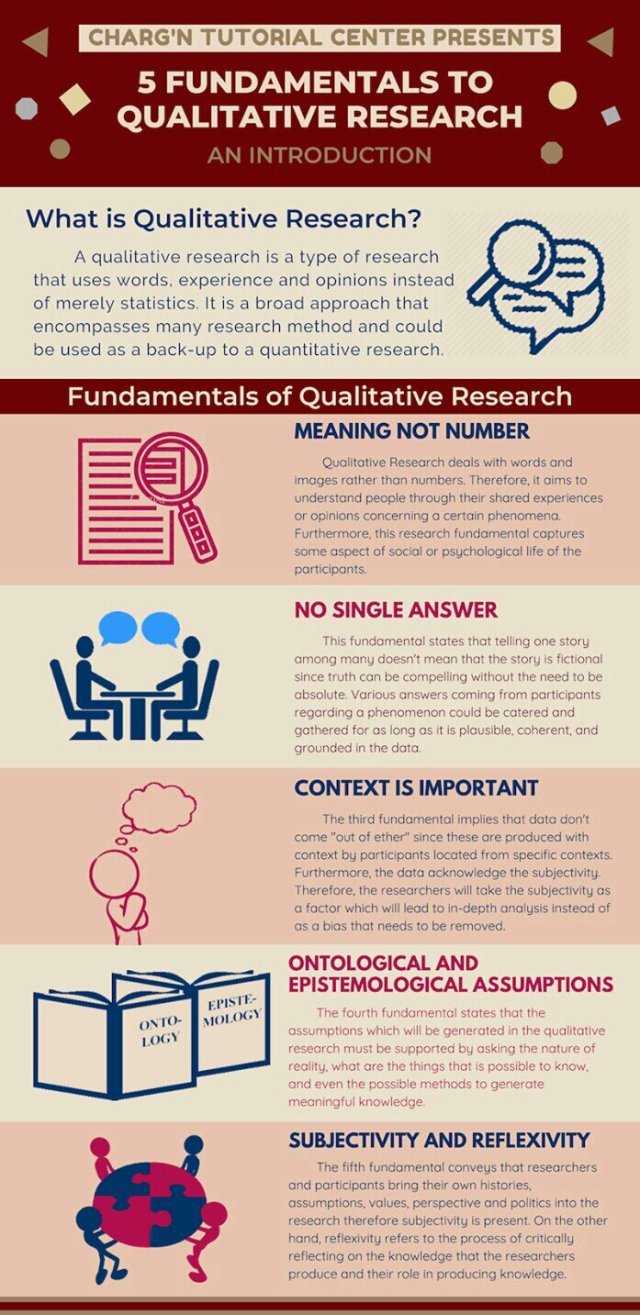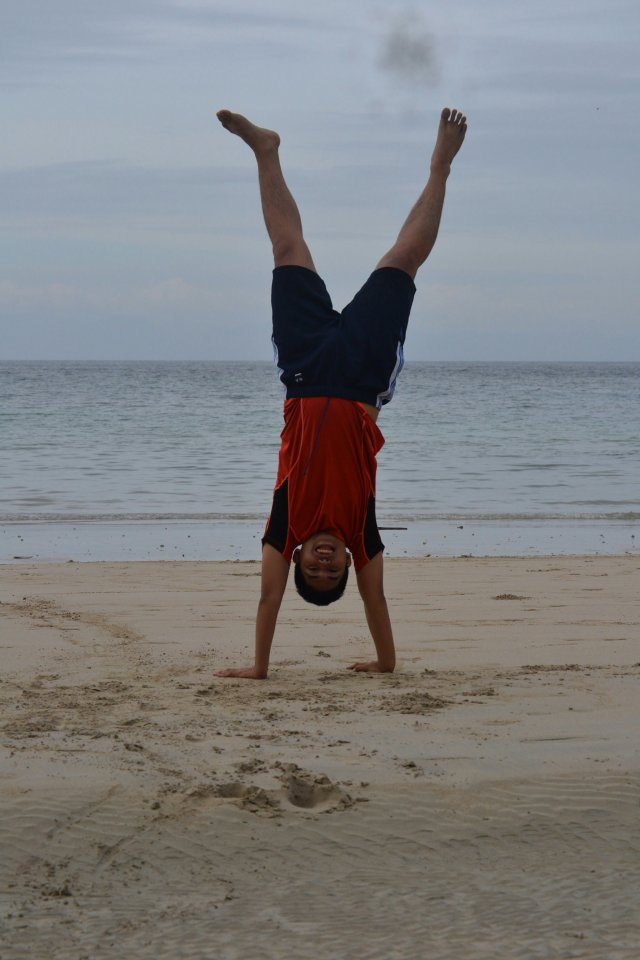
retratista: Syd Wachs (@videmusart) unsplash.com
Habang ang Pilipinas ay umuusbong, maraming mga bagay na rin ang nakakalimutan. Tulad na lamang ng mga tradisyon na kinakailangang ginagawa pa rin ng bawat Pilipino. Unti-unti na ring nakakalimutan ang mga salita na katumbas ng mga salitang Ingles tulad na lamang ng salipawpaw, tipanan, piging, miktinig at marami pang iba.
Sa blog na ito, tayo ay magbabalik tanaw sa mga salitang Tagalog na wari ba ay nakakalimutan na nga ng ilang mga Pilipino. Narito ang mga salita, kasama na rin ang kanilang kahulugan, at halimbawa kung paano ito gagamitin sa isang pangungusap.
1. Tipanan
Kahulugan:
Ito ay ang lugar kung saan palaging nagtitipon ang isang grupo o magkakaibigan.
Halimbawa:
Tara na aking mga kaibigan. Magkita na tayo sa ating tipanan!
2. Haynayan
Kahulugan:
Ito ang ay ang pag-aaral na sumasaklaw sa anumang bagay na nabubuhay. Biology ito kung tawagin sa Ingles.
Halimbawa:
Isa sa mga may napakalaking naiambag sa siyensiya ay ang haynayan.
3. Katipa
Kahulugan:
Ang salitang ito ay tumutukoy sa minamahal ng isang tao, nobya o nobyo, o kaya naman ay kasintahan.
Halimbawa:
Saan ka nanggaling Pedro? Lumabas ka na naman ba kasama ang iyong katipa?
4. Talipandas
Kahulugan:
Ito ay tumutukoy sa mga taong makapal ang mukha.
Halimbawa:
Ano ba naman ito si Maria, habang tumatagal mas lalong nagiging talipandas.
5. Talipawpaw
Kahulugan:
Ang salitang ito ay tumutukoy sa isang sasakyang panghimpapawid o eroplano.
Halimbawa:
Pinapangarap ko talaga na makapagmaneho ng isang napakaling talipawpaw.
6. Miktinig
Kahulugan:
Ang salitang ito ay tumutukoy sa isang kagamitan na ginagamit upang mas maging malakas ang boses ng isang tao. Kung sa Ingles, ito ay microphone.
Halimbawa:
Ang hina naman ng boses ni Tekla. Kung gumamit kaya siya ng miktinig nang makarinig tayo?
7. Panghiso
Kahulugan:
Ito ay salitang tumutukoy sa isang kagamitang panglinis ng ngipin. Toothbrush kung tawagin ito sa Ingles.
Halimbawa:
Walang anumang kagamitang ang nakakapaglinis ng ngipin kundi ang panghiso.
8. Pang-ulong hatinig
Kahulugan:
Ang salitang ito ay tumutukoy sa isang bagay na ginagamit upang makinig ng musika. Inilalagay ito sa tainga. Headphone ang tawag nito sa Ingles.
Halimbawa:
Si Lay ay mahilig sa musikang pop. Palagi siyang may pang-ulong hatinig sa kaniyang tainga.
9. Butsaka
Kahulugan:
Ang salitang ito ay nangangahulugang bulsa ng damit.
Halimbawa:
Kapag wala kang makitang basurahan, maari mong ilagay muna sa iyong butsaka ang iyong basura at saka na ito itapon kapag may nakita ka nang basurahan.
10. Anluwage
Kahulugan:
Ang salitang ito ay salitang nangangahulugang karpintero.
Halimbawa:
Isa sa mga marangal at nakakapagod na trabaho ay ang pagiging karpintero.
Pinagkunan: https://brainly.ph/question/349858
Panoorin ang vlog ng aming grupo patungkol sa mga salitang hindi pangkaranawan. Narito ang link:






